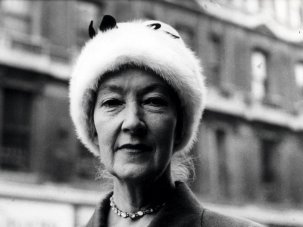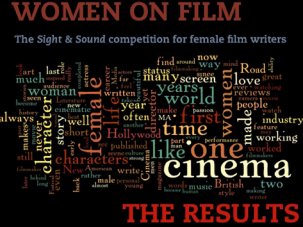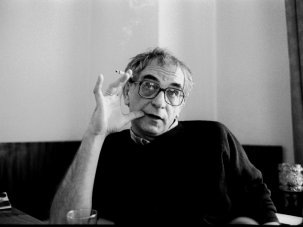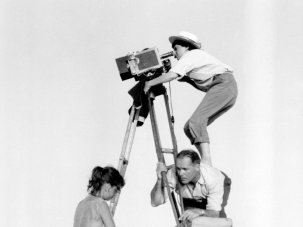Web exclusive

Critic Dilys Powell
Catherine Wheatley
To my mind, there’s no greater evocation of the passion that film can incite than Dilys Powell’s ‘Marienbad Diary’, published in the Sunday Times in February 1962. As the five months between the film’s Venice preview and its eventual arrival on British shores tick slowly past, Powell describes late nights spent poring over the pages of Robbe-Grillet’s novel La Jalousie and furious battles with herself over the temptation to read others’ reviews or to hop on a boat to Paris, declaring herself “half-demented” with anticipation and “pallid” with frustration. Her final entry is short and to the point: “Hallelujah. It’s superb”.
Having graduated from Oxford with a first-class BA in modern languages in 1922, Powell (1901–1995) didn’t begin her career as a film writer until 1939. But once installed as the Sunday Times’s principal critic, Powell kept the position up until 1976 and never once waned in her enthusiasm (she was apparently still watching five films a week in her nineties). Unlike contemporaries C.A. Lejeune or Alexander Walker, she was never a ‘star’ reviewer, but always put the film above her own ego. She was married twice, but it’s clear from her writing that her first love was always the cinema.
A critic without ego is a rare and lovely thing: the generosity of spirit that Powell’s reviews reveal is what makes them such compelling reading.
Ginette Vincendeau
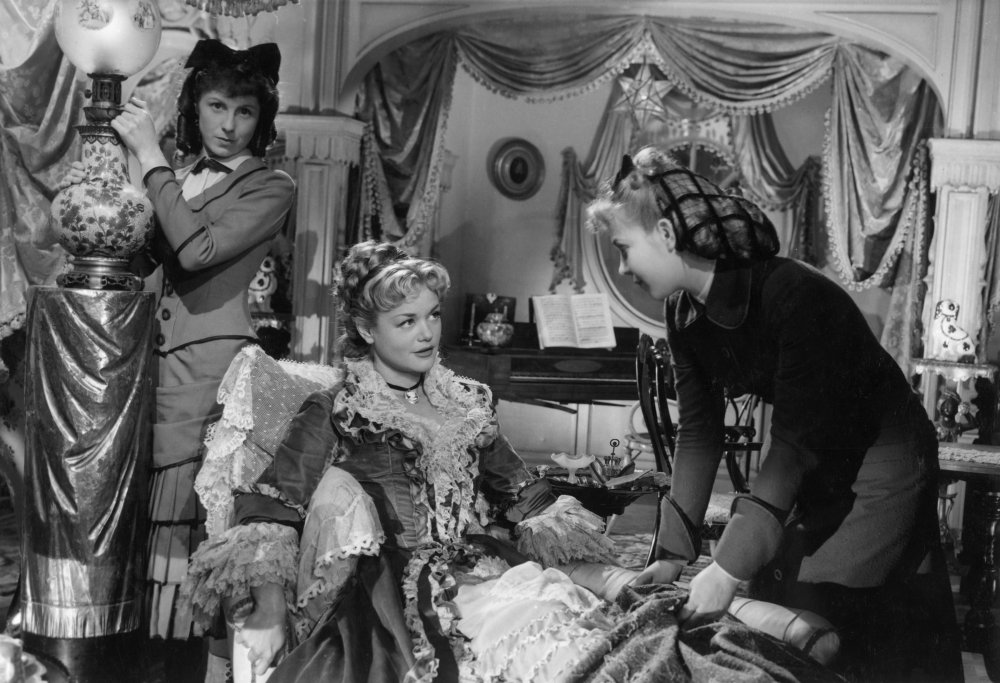
Olivia (1951)
French cinema is blessed with the highest proportion of women directors in the world, many of whom are very well-known (from Alice Guy and Germaine Dulac to Agnès Varda, Marguerite Duras, Catherine Breillat and Claire Denis). Strangely, the one who has remained unsung, Jacqueline Audry, is one who should be hailed as a pioneer and model.
Audry (1908–1977) made 17 feature films between 1946 and 1969, including many box-office successes. She worked in the popular genres of the time, producing beautifully made costume films and literary adaptations populated by famous stars – all features which of course made her anathema to the developing canon of the New Wave critics, which explains in part her critical oblivion. Yet, with the exception of Olivia (pictured, 1951), a story of lesbian attraction in a girls’ boarding school, her work has drawn no more attention from feminist scholars. This is particularly curious given that the majority of her films are centred not just on women, but on transgressive women. One fascinating example of this is her quasi-New Wave film Les Petits matins (Hitch-Hike, 1962), which follows an irreverent young woman on her journey through France, a modern and fresh treatment of the road movie theme from a woman’s point of view.
Where some of her peers have inspired plenty of literature, Audry has yet to have a single book devoted to her. Her reappraisal, as a successful filmmaker working within the film industry and as a chronicler of women’s lives and desires, is long overdue.
Kate Stables
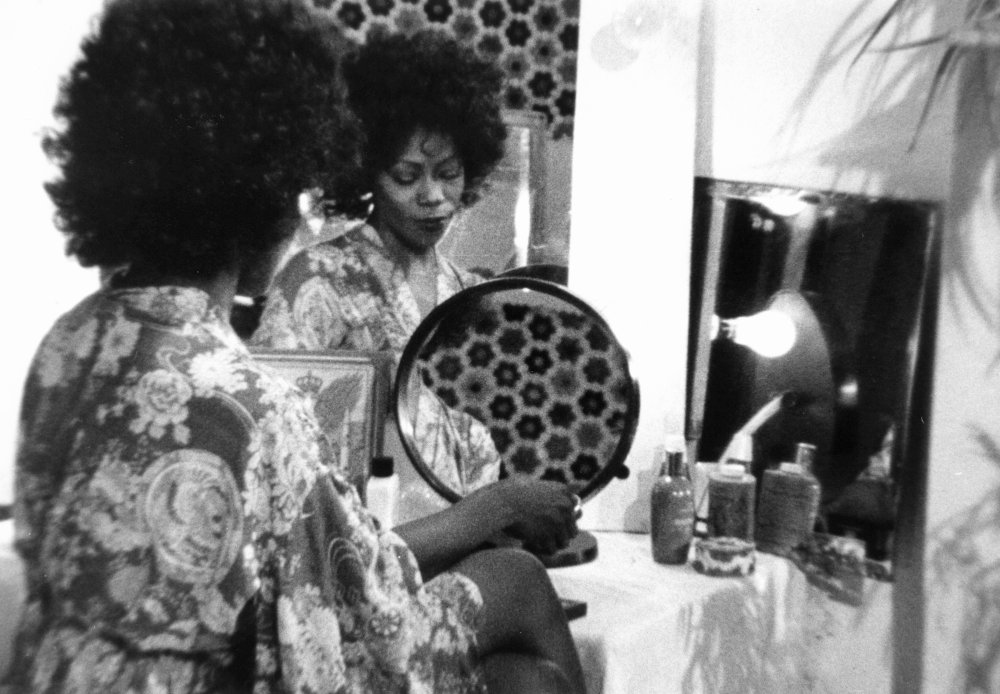
Riddles of the Sphynx (1977)
I sidled into film reviewing with motivation about as complex as Being There’s Chauncy Gardner: “I like to watch.” What made me wonder why I liked to watch was ‘Visual Pleasure and Narrative Cinema’, Laura Mulvey’s seminal 1975 essay on spectatorship and ‘the male gaze’. It was distinguished fixture of the theory landscape for decades before I was lucky enough to study with her, but one whose cool clarity of perception has aged not a jot. Read it in the original, not a fuzzy Film Studies 101 overview, and marvel at its theoretical audacity, the acuity of its close readings, and those bracing sections where political radicalism bubbles up through the critical crust (“It is said that analysing pleasure or beauty destroys it. That is the intention of this article”).
Mulvey even put her camera where her mouth was, creating with Peter Wollen a series of critically crunchy counter-cinema pieces, culminating in the 360 degrees of revolution (both literal and metaphorical) of Riddles of the Sphinx (1977, pictured) that shook the gender-grammar of cinema till it rattled. Patriarchy remaining as ubiquitous as popcorn in cinema, Mulvey’s polemic and its hunger for change continue to inspire this critic. As useful to parry a Sucker Punch (2011) as for filleting the Farrelly Brother’s multiplex misogyny, it’s the gift that keeps on giving.
Anna Smith
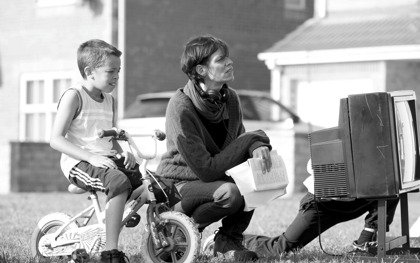
Clio Barnard on set of The Arbor (2010)
The startlingly original docu-drama The Arbor introduced me to artist filmmaker Clio Barnard and reawakened my interest in its subject, the late playwright and screenwriter Andrea Dunbar (1961–1990). Barnard’s fresh perspective on the genre made her an instant inspiration, while the character and legacy of Dunbar – whose work is woven into the film – became an unsettling presence, decades after she had helped awaken my interest in film.
Dunbar’s Rita, Sue and Bob Too! influenced my formative years not just because it was a terrific film with a semi-subversive agenda but because it explored a world I was privy to. Rita and Sue could have been my schoolmates: after I left state education I became fascinated by realistic depictions of that world. This grew into a regular enthusiasm for gritty British drama from such filmmakers as Loach, Leigh, Lynne Ramsay and Andrea Arnold.
As soon as Barnard chose Dunbar as her subject, I was hooked. An underprivileged single mother with a drinking problem and a history of abuse, Dunbar somehow managed to pen several plays, one of which became a hit film – but it did little to solve her problems. Barnard tells her complex story with a keen eye for narrative suspense, slowly revealing the layers of tragedy in the lives of both Dunbar and her children. Her decision to use actors to lip sync interviewees’ voices might seem eccentric or pretentious, but it soon becomes apparent that this device is serving a practical purpose: it’s a creative solution to the conflict between the desire for authentic intimacy and the camera-shyness of the real-life protagonists. Barnard has tackled every obstacle with flair, never losing sight of the need to entertain as well as educate and provoke. News of her next project can’t come soon enough.
Frances Morgan

Larisa Shepitko on the set of Wings (1966)
Larisa Shepitko’s Wings inspires by the very fact of its existence. Made in 1966, when the Russian director (1938–1979) was still in her twenties, it is an assured and unsentimental film about female experience by a young woman taking her first steps in a medium dominated by male perspectives.
But Wings is not just a feminist touchstone – and its message is hardly one of easy sisterhood. The charged, difficult interactions of women of different generations are the focus of Sheptiko’s empathetic but youthfully distanced eye, as she tells the story of Nadya (Maya Bulgakova), a middle-aged former fighter pilot struggling with a new life as a provincial headmistress and local councillor, and haunted by memories of her former life in the clouds. The visible closeness between director and lead actress feels almost familial, suffused with both affection and tension.
It’s easy to be drawn to extreme visions of conflict on film, but Wings speaks about a different face of war: about the excitement and pride of having once been a fighter, and about the quotidian scars this leaves upon families and friendships. Shepitko’s retelling of the ‘old soldier’ story with a female face and a mother’s guilt is a quietly unforgettable shift in viewpoint, and a reminder of stories often left untold.
Hannah McGill
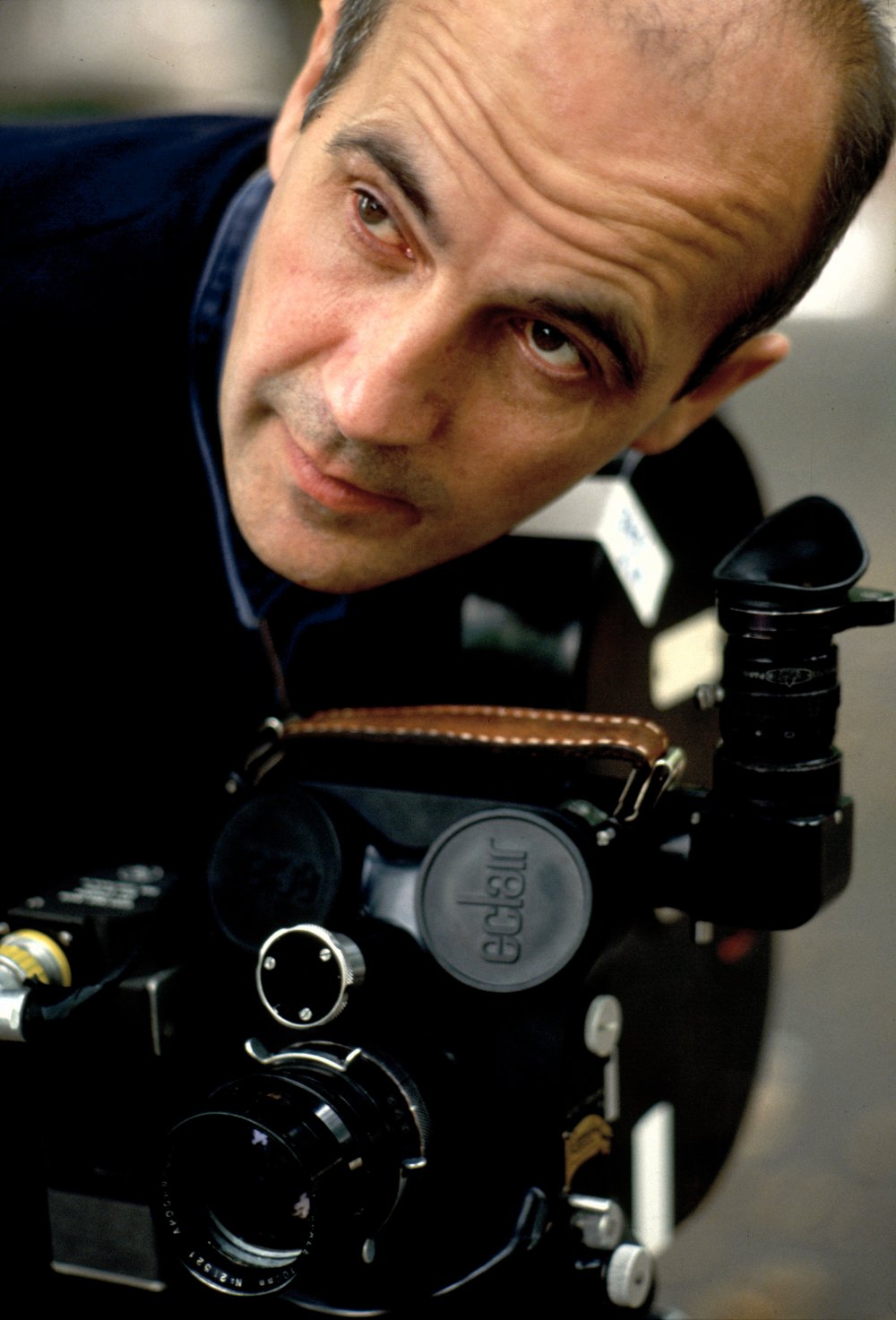
Patrick Keiller filming London (1994)
As a writer and as a viewer and just as a person wandering around in the world, I find the filmmaker Patrick Keiller (b. 1950) particularly inspiring. I love the layering of ideas in his work; the marriage of historiography, imagination and conjecture; and the unfettered free association. Watching his films always buoys me up, reminding me that avant-garde work doesn’t have to be chilly or self-important, and that social comment doesn’t have to be couched in solemn terms but can have humour and a heart.
Most of all he is relentlessly curious. I imagine that he could find subject matter in virtually any situation, and make something insightful and beautiful. Artists – and authors, and journalists – often feel they have to choose between Saying Something Serious About The World and acknowledging the absurdity in things. Keiller reminds me that observation and comment can be all the more powerful when they come with wit, curiosity and eccentric pondering attached. In other words, since we create stories constantly, imposed boundaries between ‘fact’ and ‘fiction’ can be a bit spurious. In this regard, in his skew-whiff sort of way, Keiller is one of the greatest of all cinema storytellers.
Sophie Mayer
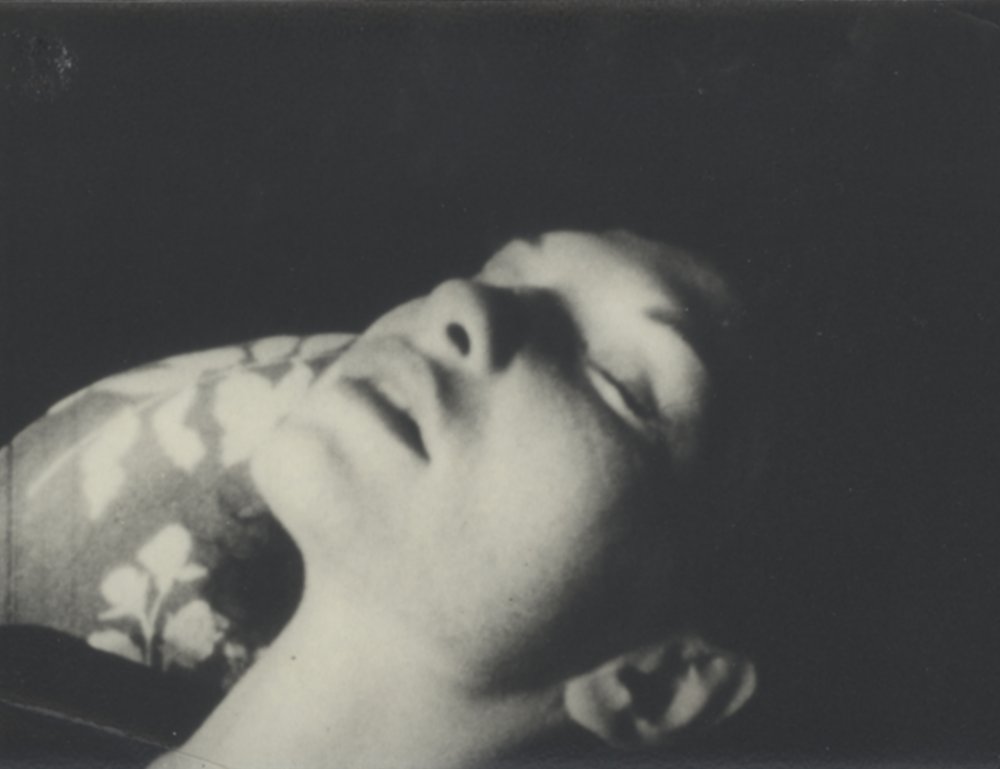
Meshes of the Afternoon (1943)
Like so many American filmmakers, Maya Deren (1917–1961) came from elsewhere (Kiev, in the Ukraine) and reinvented herself through cinema. In doing so, she invented new ways of being a filmmaker: at once a performer, a choreographer, an editor, a theorist, an anthropologist, a distributor and a canny fundraiser. Mocked by a drunken Dylan Thomas for her theory of poetic cinema, Deren was a visionary who nurtured the first generation of New York’s avant-garde, including Shirley Clarke and Stan Brakhage.
While Dorothy Arzner and Ida Lupino tried to crack Hollywood, in Greenwich Village Deren created what she called ‘chamber films’, issuing a vocal critique of the studios’ overblown orchestra (and its male dominance). Her entire cinematic oeuvre, cut short by her brutally early death of malnutrition at 44, fits on a single DVD. Her best-known film, the sinister and lovely dream-poem Meshes of the Afternoon, is more rewatchable than most full-length features, while her tantalising unfinished films include her master project about Haitian voudoun, in which she was an ordained priest.
Deren’s films are in love with the artists who fill their frames (including Marcel Duchamp, John Cage, Anaïs Nin and herself). Shot on a shoestring, inventively edited, screened at colleges and in living rooms, extended through articulate writing, her multistranded enterprise is the model independent cinema needs right now.
Carmen Gray
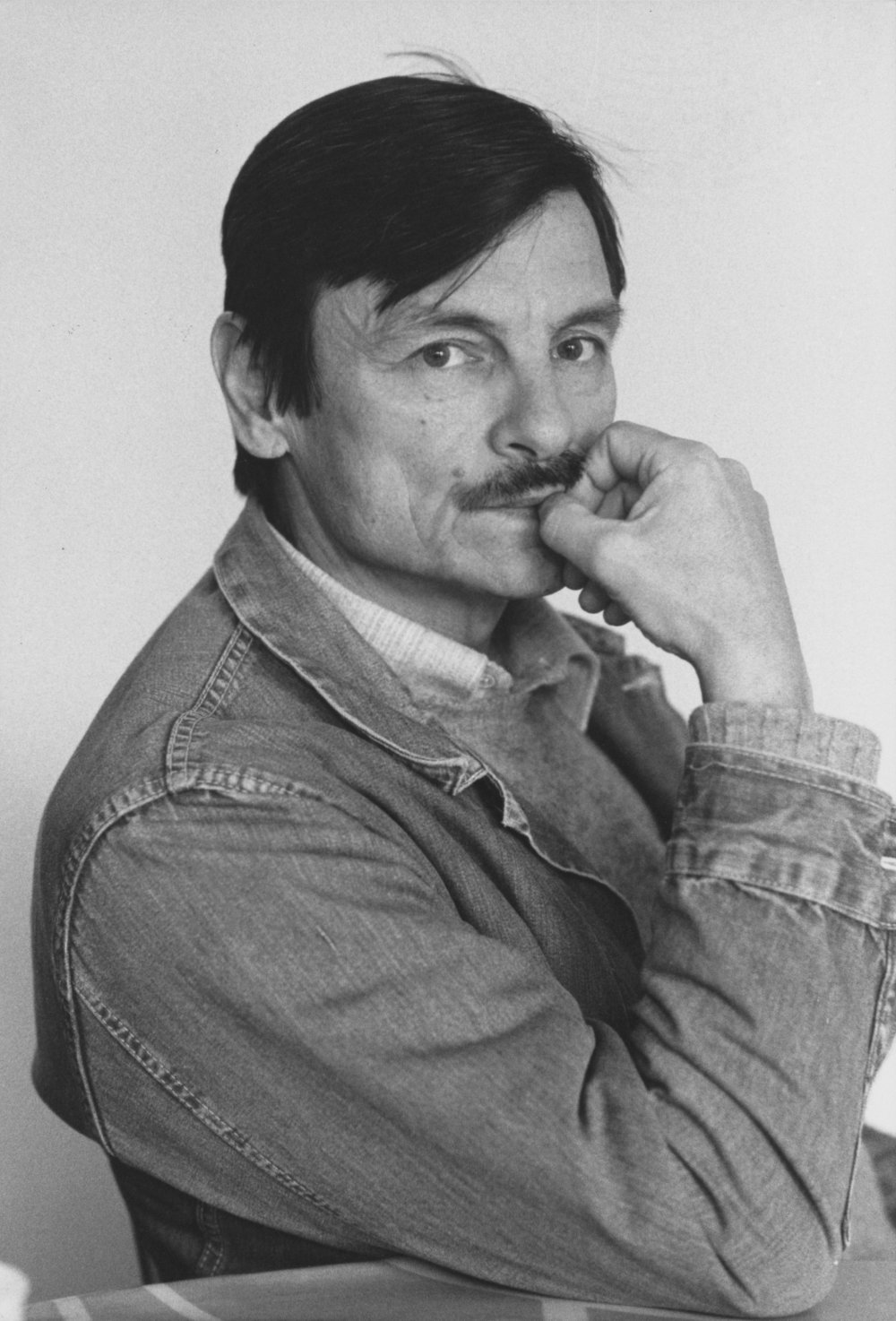
Andrei Tarkovsky
In his otherworldly aesthetic genius and uncompromising faith in a vision transcending cynical personal motives, the Russian director Andrei Tarkovsky (1932–1986) is to me the supreme example of a filmmaker and a human being. That might sound a big call, reverence being regarded as a naive or suspect currency in these irony-loving days – and the po-faced gravity with which Tarkovsky approached his craft has at times been disparaged. But sincerity was never more artistically necessary than under a Soviet regime which relentlessly censored his work, drove him into ill health and finally defection. And it’s a regrettably rare quality in this climate of relentless artistic self-promotion.
The Tarkovsky film that startles and awes me most is Mirror (1975), a mesmerising drift of childhood memories blended with poetically supernatural, dreamlike images (a barn on fire, his mother levitating above a bed) and archival newsreel footage tying the personal to a wider historical sphere of sacrifice and endeavour. It’s partly autobiographical, making explicit what’s implicit in all sincerely created work: that it’s an extension of the maker who delivers himself over, unshielded, to a hungry and not always gracious audience.
In his soul-wrenching book Sculpting in Time Tarkovsky wrote, “Nobody who has ever betrayed his principles can have a pure relationship with life.” This also serves as a humbling reminder to professional critics (for whom Tarkovsky saved some of his sharpest barbs) that our responsibility is not stylistic flashiness and quips but to try sincerely to engage with a work on the filmmaker’s terms, and then simply to tell the truth.
Leslie Felperin

Pauline Kael
The first person to pop into my head in this context was Pauline Kael. I pored over her piquant, incisive, passionate and sometimes outright loopy New Yorker writings in my high-school library during recess periods; they led me to become a critic.
My next thought was, surely someone else must have ‘done’ her by now. This was followed by a sense of embarrassment because she’s so obvious a choice. This is one major reason why we don’t have more women film critics: men are so much less prone to this kind of self-doubt.
Did Kael ever equivocate out of embarrassment, apologise for having an attitude? Maybe she did, while sweating it out over her typewriter, but it doesn’t show in the work. The prose, even when shrill with indignation or swooning with delight, is always jauntily effortless. Perfectly hewn sentences and paragraphs are found on every page of her collected reviews: “Oliver Stone has an instinct for the symbolism that stirs the public” (from her review of Born on the Fourth of July); “Horses are supremely photogenic, so a western always has something going for it” (on Pale Rider); “Everything in [Big]… has a tepid inevitability.” She has a voice like no other critic, musical, slangy and wry. And there’s never a trace of an apology.
Most critics are haunted by the foolish maxim that those who can’t do, teach, and those who can’t teach become critics. Even Kael dallied briefly in filmmaking, but she doesn’t write like a frustrated filmmaker. She writes like someone unswervingly confident that what she was doing – responding to and parsing the work of other artists – was every bit as valid, creative and useful as the work that prompted it. And for that, as well as for many pleasurable hours spent reading her work, I am grateful.
Mar Diestro-Dópido

La bola de cristal (TV series, 1984-1988)
Many people have influenced me to write about film: Buñuel, Hitchcock, Almodóvar, Guerín, Lynch, Eugène Green and, to name a woman – and one of the most exciting filmmakers in the world right now – the Argentine Lucrecia Martel. But the biggest influence on me has been an organisation, one that belongs to the State at that: the Spanish television channel TVE (Televisión Española).
Spanish culture exploded during the transition from dictatorship to democracy that started in the late 1970s. Madrid became the centre of that cultural explosion La Movida. A whole new generation of artists avid for change emerged in music, film, theatre, literature, fashion and on the night-club scene, transforming TVE forever. There was even a revolutionary children’s programme, La bola de cristal (The Crystal Ball, pictured), written, directed and hosted by mythical vanguard figures of this ‘uprising’, which treated children as adults.
TVE also produced endless horror films and TV series, laying the foundations for what is now one of Spain’s most successful export genres.
But best of all were the film debate programmes and seasons from which a whole generation gleaned much of its film education. These would show films from anywhere, mainstream and independent. The format was simple but hugely effective: the films were contextualised by introductions and followed by in-depth debates to which poets, artists, writers, historians, painters, filmmakers and critics contributed. (Although many shows are now relegated to the more experimental TVE2, they still screen almost every night.)
The value of all this was immense. For once, the boundaries challenged by what normally stays underground were plainly visible and accessible. In fact it was the underground that shaped and led popular culture, rather than being sanitised and absorbed by it – as would inevitably happen later. Like many of my generation in Spain, I count myself lucky to have been around to be inspired by all this.
Maria Delgado
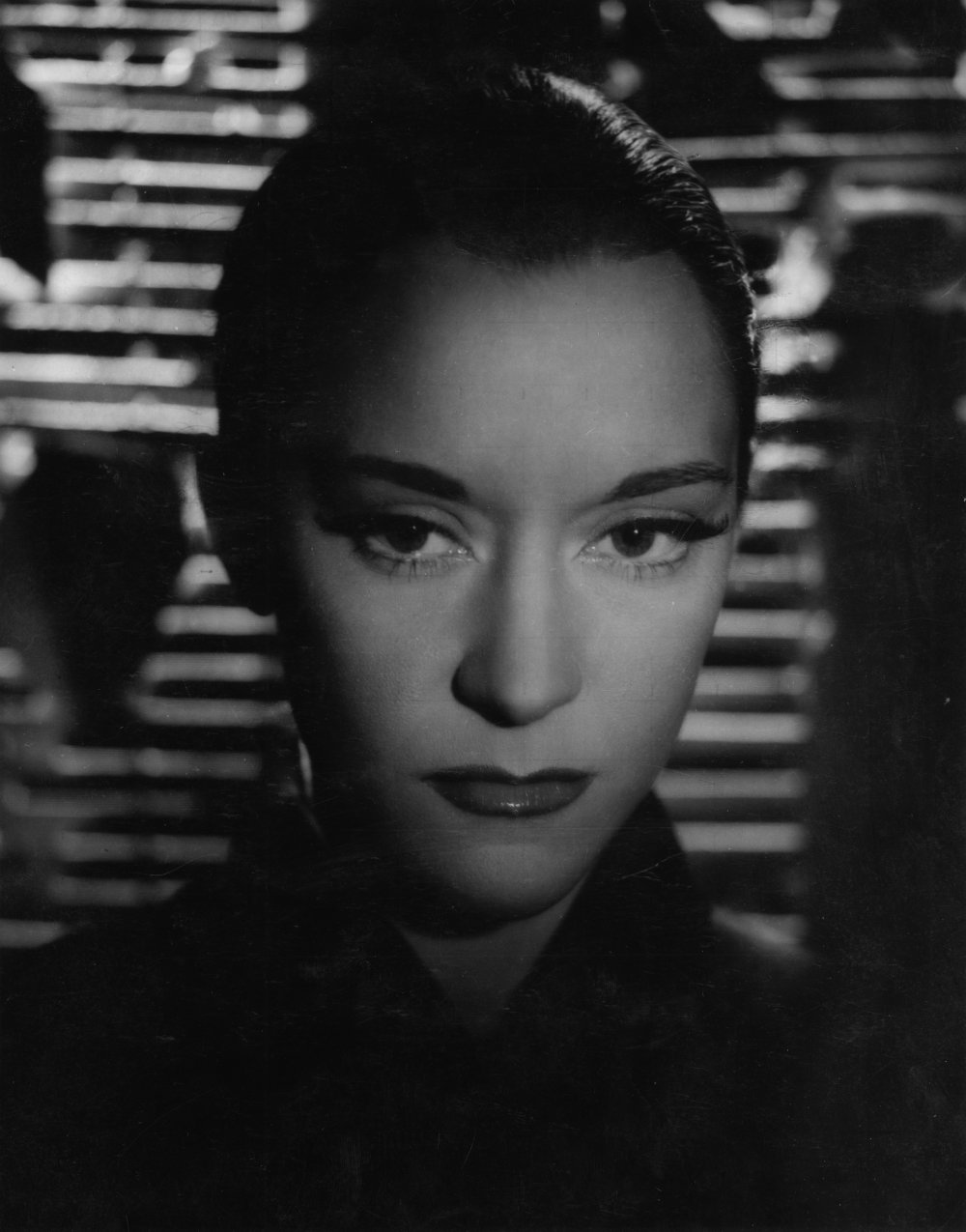
Maria Casarès
I first saw Maria Casarès (1922–1996) on screen in 1981 when encountering Cocteau’s Orphée (1950) for the first time. As the enigmatic Princess of Death hovering between the land of the living and the underworld of the dead, she was an alluring vision in glacial black and white. The chilling demeanour and deviant actions, the fiercely combed back hair and unnaturally slender waist, confirmed her as a being far removed from the big hair and bulging shoulder pads of the early 1980s.
Casarès had class: she was cool, calm and otherworldly, but she also had principles. The daughter of Spanish politician Santiago Casarès, she had left Madrid for Paris at the beginning of the Spanish Civil War and refused to return until after Franco’s death. In France she became both an activist – involved alongside her long-time lover Albert Camus in the French Resistance and in raising money for Spanish Republican causes – and an actress of disturbing candour and rare intensity.
Her voice was deep and hoarse, tinged with a Galician musical lilt marked by rich rolling Rs that she was never entirely to banish from her French inflection. Her slanted almond eyes, pronounced chin and angular chiselled features merged the sensual and cerebral. Casarès spoke with a beguiling musicality, savouring, spitting and firing out expressions in a gestural language far removed from psychological realism.
She never shied from extremes. In Les Enfants du paradis (1945) she is the loyal, lovelorn Nathalie, pining for Jean-Louis Barrault’s Baptiste. La Chartreuse de Parme (1947) and Les dames du Bois du Boulogne (1945) offer sexually wayward protagonists crafted in a different performance register. In the latter Casarès is the ultimate femme fatale: steely, calculating and dangerous, with a beguiling smile that gives nothing away. While she made few films after Orphée, her cracked voice, non-conformist beauty and onscreen assertiveness combined to produce a screen persona where excès and distance – to quote Barthes – coexisted to mesmeric effect.
Laura Allsop

Mamma Roma (1962)
I first saw a picture of the indomitable Anna Magnani, the iconic queen of neorealist cinema, in a magazine in my aunt’s house in Rome as a child – and was impressed, as well as a little frightened, by the starkness of her features, and the sense of challenge and tragedy I read in her eyes. Even in stills, it is possible to get a sense of her exhilarating volatility as an actress and intense emotional engagement.
Born in 1908 and raised in a Roman slum, Magnani was no stranger to hardship. Just as Dorothea Lange’s image of a migrant mother distilled suffering during the Depression, I see Magnani’s face doing the same for the Lazio poor, brought to their knees at the end of the Second World War and eulogised in the films of Vittorio de Sica and Roberto Rossellini.
Magnani’s turns in Rome, Open City (1945) and later in Pasolini’s Mamma Roma (1962) are spellbinding; whether she is laughing coarsely, unleashing her famously volcanic temper or coming to terms with her lot, her face is always thrillingly watchable. Her performances are dignified, honest and – despite her type-casting in salt-of-the-earth, fiery roles – unmannered.
The suffering she endured in her own life, coupled with her ample Ciociarese charm, lends her work breathtaking authenticity. For me, her apparent lack of vanity and wholly committed acting, devoid of posturing, make her a true cinematic heroine.
-
Women on Film – all our coverage

A window on our ongoing coverage of women’s cinema, from movies by or about women to reports and comment on the underrepresentation of women...
-
The Digital Edition and Archive quick link
Log in here to your digital edition and archive subscription, take a look at the packages on offer and buy a subscription.





